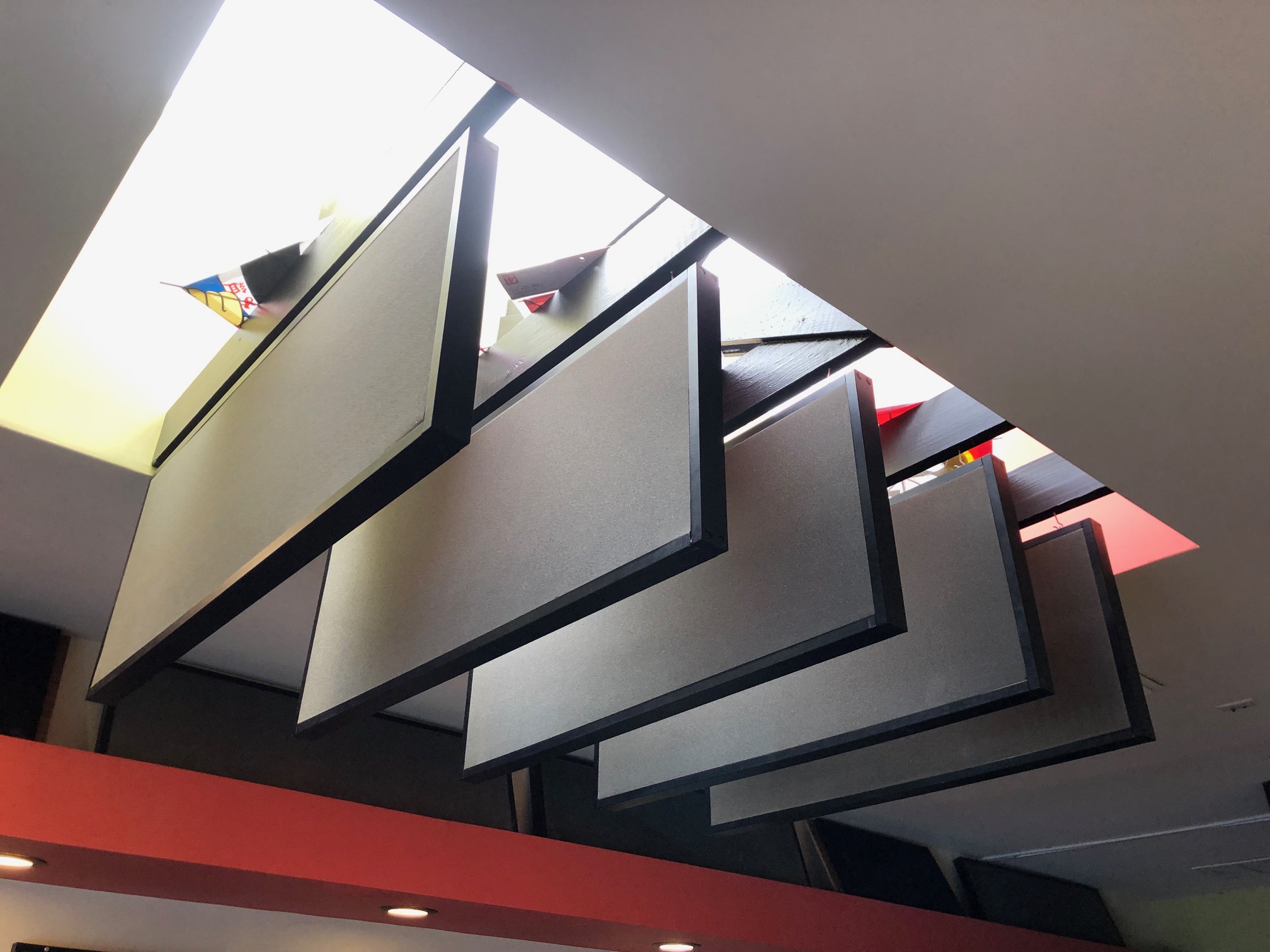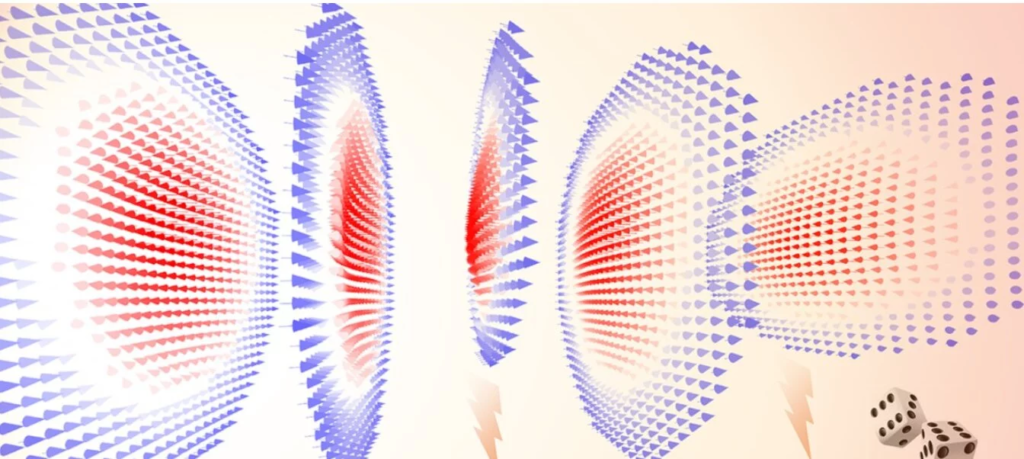
When we look at the search term acoustic dividers for rooms, we must ask many questions. By definition, an acoustic divider for rooms is classified as a barrier technology. What is a barrier? A barrier is a structure you build or place between the source of the noise and you the receiver. The barrier design and build must be based upon the frequency and amplitude of the noise you are trying to mitigate with as acoustic dividers for rooms will require. Every material used within the acoustic room divider must be able to block the frequency and amplitude of the noise source. All noise sources are not created equal. Stopping the noise from a live band playing is different from mitigating noise from people speaking to each other. A band would be a full range noise issue. Voice would be a middle and high frequency issue. Each one of these noise issues will require a different acoustic divider for rooms.
https://en.wikipedia.org/wiki/Noise_barrier
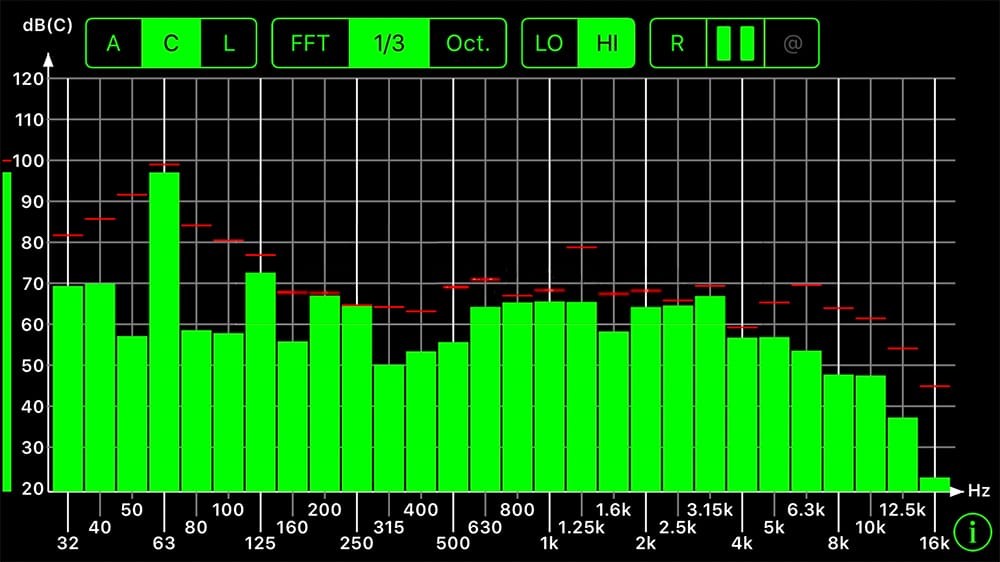
Noise is divided into two main parts. It has a frequency which determines the length of the energy. Frequencies of noise below 100 hz. are termed low frequencies. These frequencies are the most difficult when it comes to barrier design and function. Middle and high frequencies are above 100 hz. are much easier to design for when it comes to any acoustic dividers for rooms. With noise we have frequency and then its cousin amplitude. Amplitude is another name for the strength of the frequency the noise is located at. The strength and frequency must be measured with any noise issue. Guessing with noise is foolish. Most will guess wrong and build a barrier which has no chance of reducing noise transmission. Once built and not working, the only fix is to demo the existing structure and start again. This can be costly and time consuming.
https://encyclopedia2.thefreedictionary.com/Sound+transmission
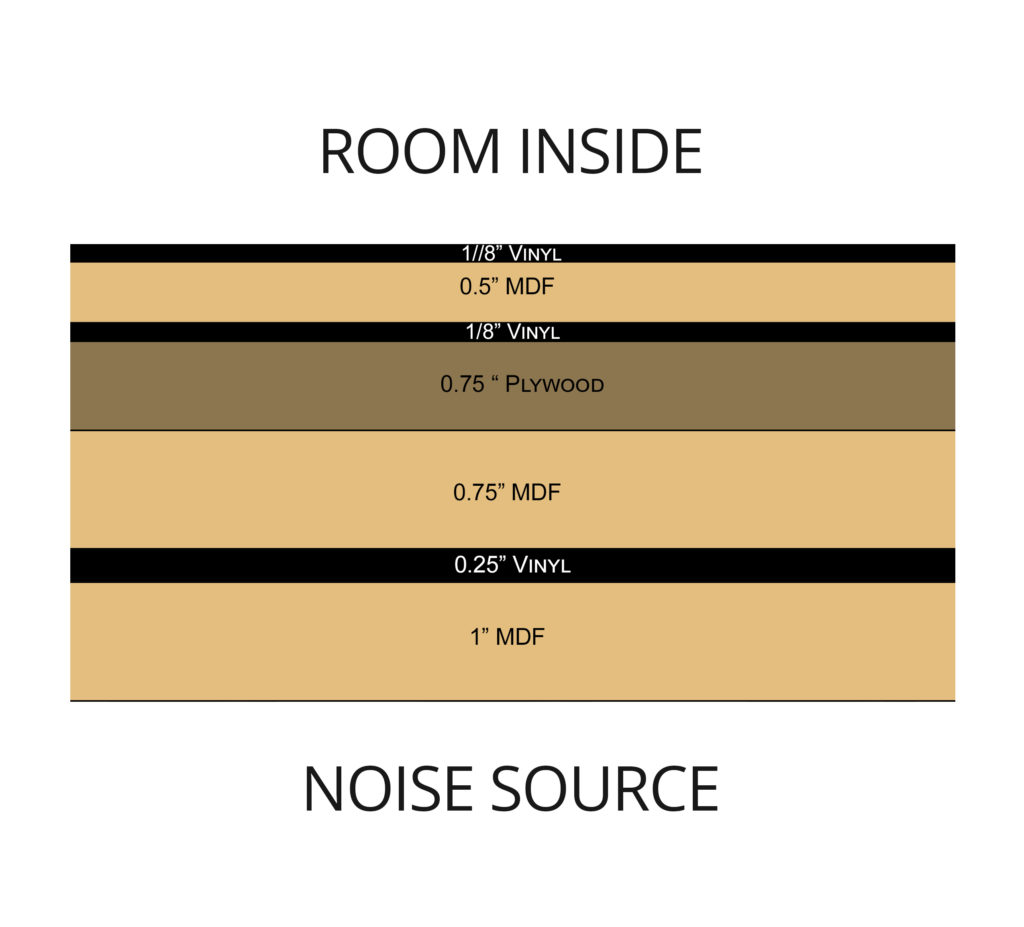
In any noise issue, the noise must be measured over a seven day time period. This is termed a noise time study. You measure the noise over a seven day period so you achieve an understanding of what day the noise is at its maximum amplitude or strength. You must design a barrier that will reduce noise transmission on the greatest pressure day. If you design and build for the maximum pressure, the lower pressure days will be satisfied. At Acoustic Fields, www.acousticfields.com, we have apps that you download on your phone. You take readings 2-3 times each day using your phone and our apps. You record the data on a spreadsheet that is on line. You submit the data to us. We analyze the numbers and send you a drawing that will address the noise measurements you have submitted. You build or have your contractor build the design which is solely based upon your noise numbers. We guarantee all of our designs. With noise transmission it must be 100 % fixed and 100 % right.
https://www.acousticfields.com/sound-barrier-technology/
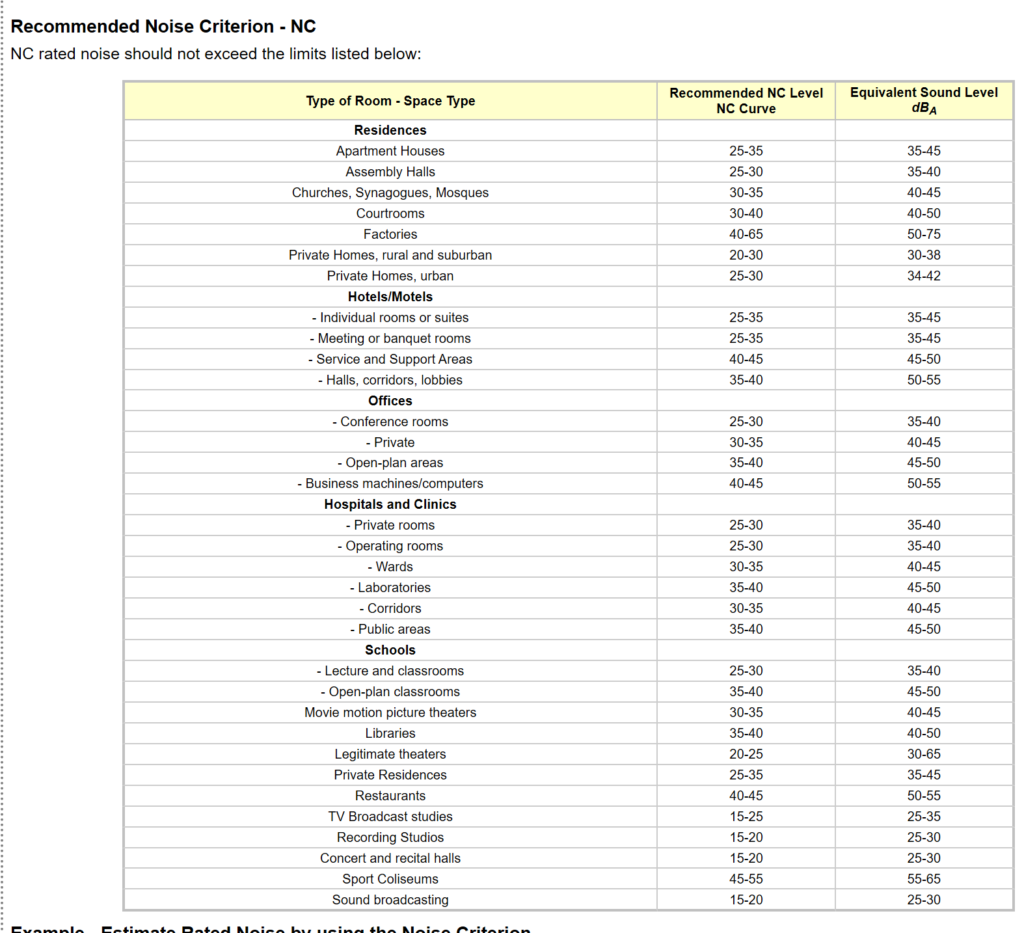
A barrier design is broken down into two main categories. If your noise issues are below 125 hz., the barrier design and its associated mass will be thicker and contain many different layers of materials. Lower frequency noise is the most difficult of the noise frequencies to deal with. Noise issues above 125 Hz. are easier to achieve, require less mass in their designs and take up less space. Only by measuring over a seven day time frame can you achieve an accurate picture of what is going on each day. You will take two measurements each day. You will take one measurement at the quietest part of each day and another measurement at the loudest part of each day. It is also advisable to have a noise number that is in between those minimums and maximums.
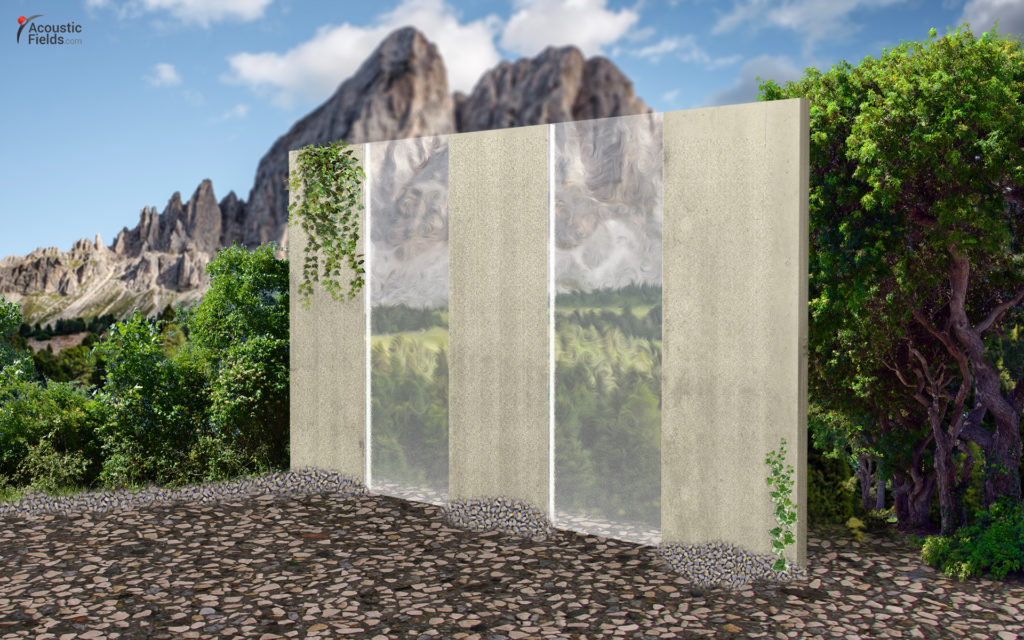
Barriers must be a permanent construction fix. Think of a barrier as the side of a ship that you will place in the ocean. The boat must have sides that can withstand the impact of ocean waves against its sides. It must also not leak. These two requirements insist upon a permanent construction fix. A small hole in the design will allow the water (noise) to enter and sink the ship. The density of each layer is based upon the particular noise frequency that your measurements indicate. Every material type has its own density or weight per square foot. This density is directly related to the frequency and amplitude of the noise you are trying to mitigate. Every material type and construction methodology used is based upon the frequency and strength of the noise.


